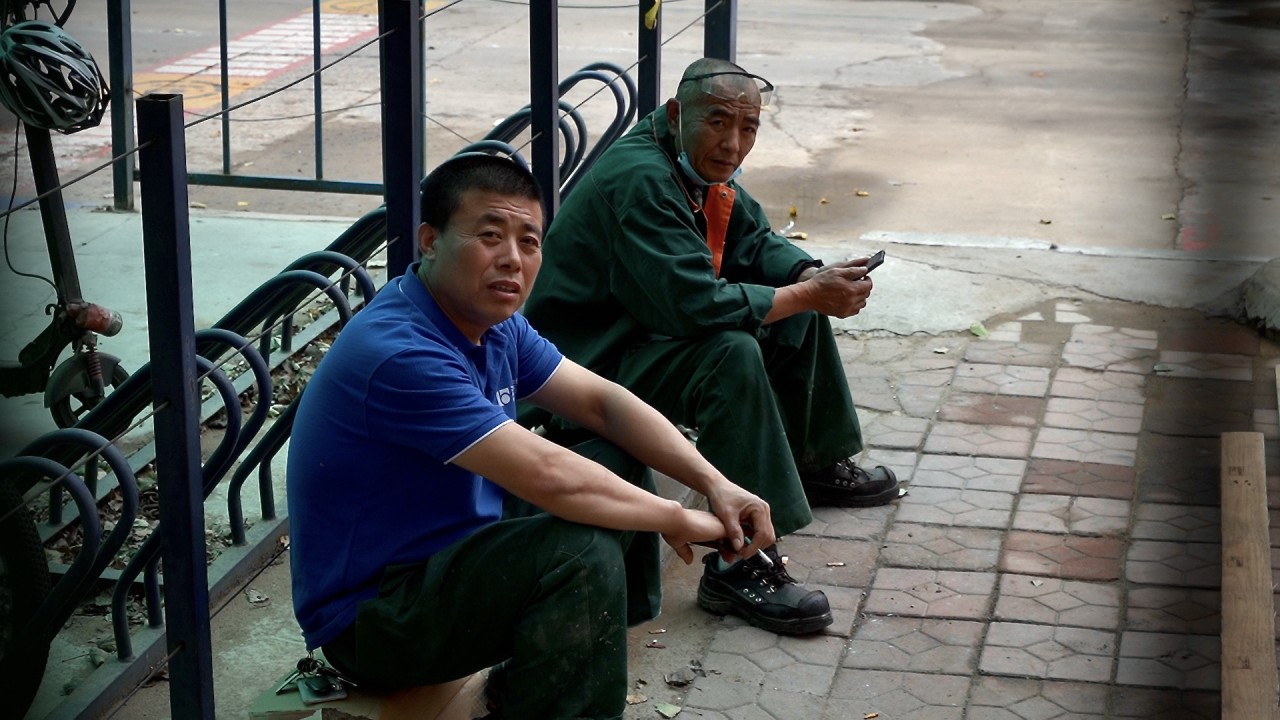
04:01
Chinese manufacturing thrown into disarray as country's electricity crisis rolls on

China will continue to ease the burdens of taxes and fees on businesses in the service industry and other sectors that have been crippled by the pandemic and suffered job losses, in a bid to kick off the year’s first quarter with more stable economic prospects, according to Premier Li Keqiang.
Amid recurrent talks of China doubling down on tax cuts to help support small and micro businesses, the tax-reduction policies that were due to expire at the end of last year will be extended for those businesses, Li said on Wednesday during a meeting to discuss such support measures.
“Affected by multiple factors at home and abroad, China’s economy is faced with new downward pressures,” he said. “The reduction of taxes and administrative fees is a key measure of macro control. The cuts will emphasise the support for upgrading the manufacturing sector, and for a large number and wide range of medium, small-sized and micro businesses that help create many jobs.”
The central government will also step up financial support for city- and county-level governments, while clamping down on tax evasion, Li added.
Cuts on taxes and administrative fees have proved effective in stabilising and energising the economy, the premier noted.
Since 2016, the first year of the 13th five-year plan, tax and fee cuts have saved market entities a total of 8.6 trillion yuan (US$1.35 trillion) and further bolstered consumption and investment, as well as stabilised economic growth, employment and inflation, Li said.
China’s small and medium-sized enterprises (SMEs) account for half of the country’s tax revenue, 60 per cent of its gross domestic product (GDP), 70 per cent of technological innovations, and 80 per cent of urban employment. They have also been bearing the brunt of the economic downturn brought by the pandemic.
To ease the burdens facing SMEs, the central and local governments have been lowering fees and taxes. The State Taxation Administration recorded a total of 910 billion yuan (US$143 billion) worth of reduced taxes and fees during the first three quarters of 2021. Local governments, including those of Hubei, Tianjin and Shandong, have also rolled out tax- and fee-reduction measures.
An economic recovery slowdown, compounded by a property market slump, energy crisis, weak consumer sentiment and soaring raw material costs, has driven policymakers to repeatedly stress the vital role of stability.
China’s economy grew by 4.9 per cent in the third quarter of 2021 compared with a year earlier, down from the 7.9 per cent growth seen in the second quarter.
Last month, leaders of the world’s second-largest economy warned of “threefold pressure” facing China’s economy – a contraction of demand, supply shocks and weaker expectations.
Consumption has been especially weak as the service sector has remained continuingly depressed by the recurrent coronavirus outbreaks, and several economists and analysts have said China’s zero-Covid strategy will continue to hold back a recovery in services.
During Wednesday’s meeting, Li also pointed out that measures such as reductions and exemptions of social insurance premiums will also ease the burdens for businesses while promoting innovation and industrial upgrades.
“Tax and fee cuts have helped generate a large number of market entities, and the tax payment of new market entities has increased year by year, which has played a role in cultivating tax sources and expanding the tax base,” Li said.